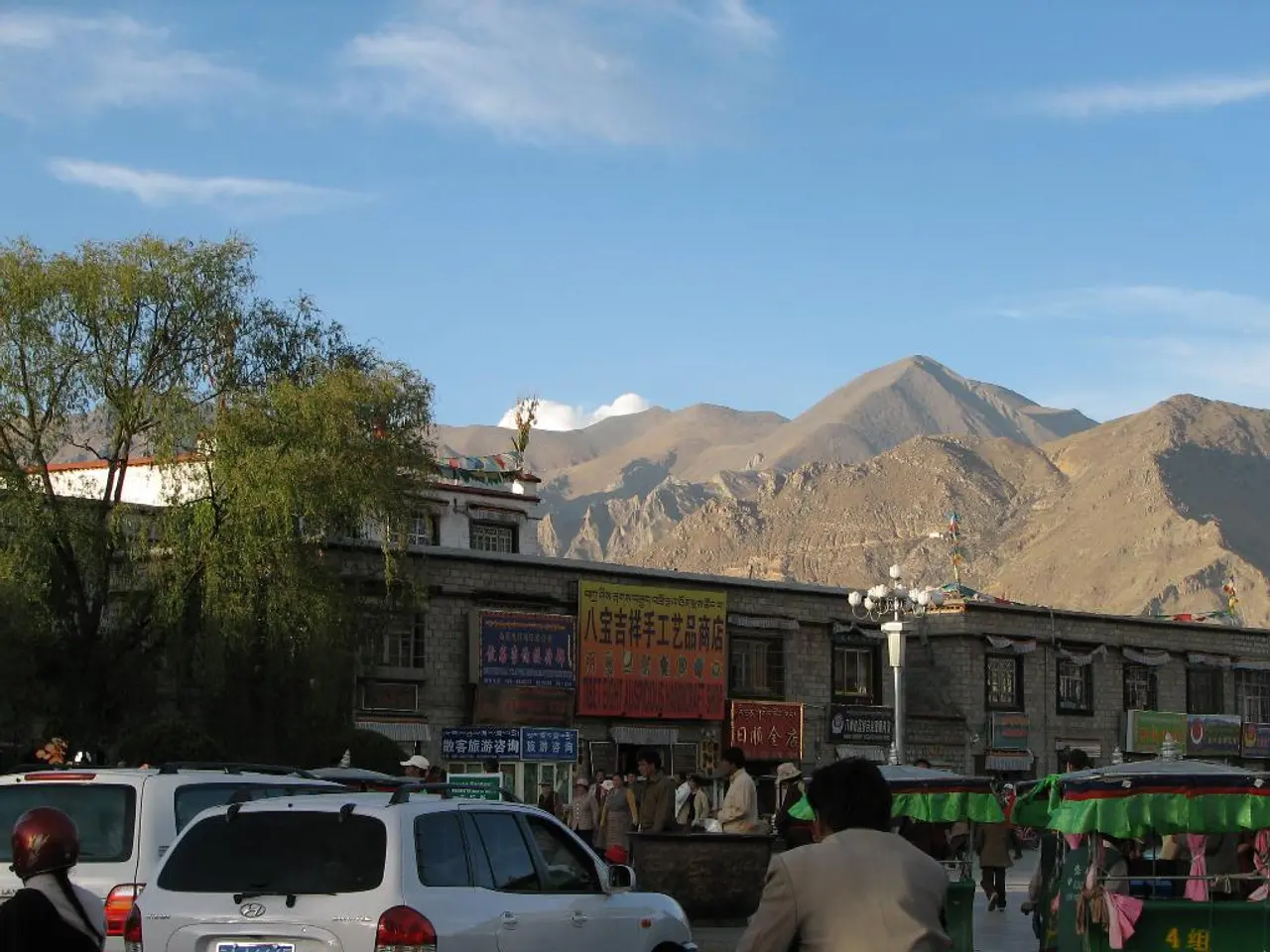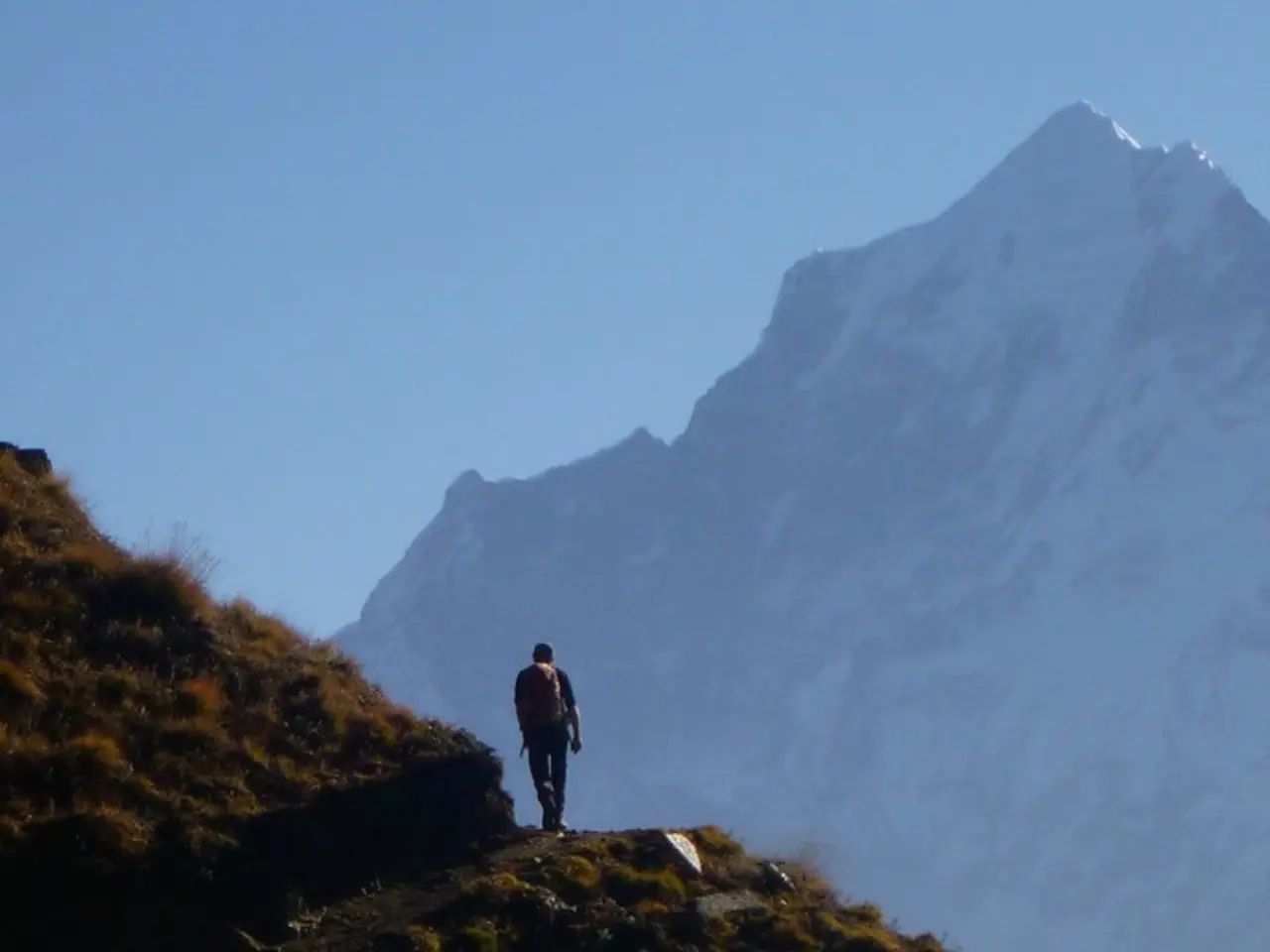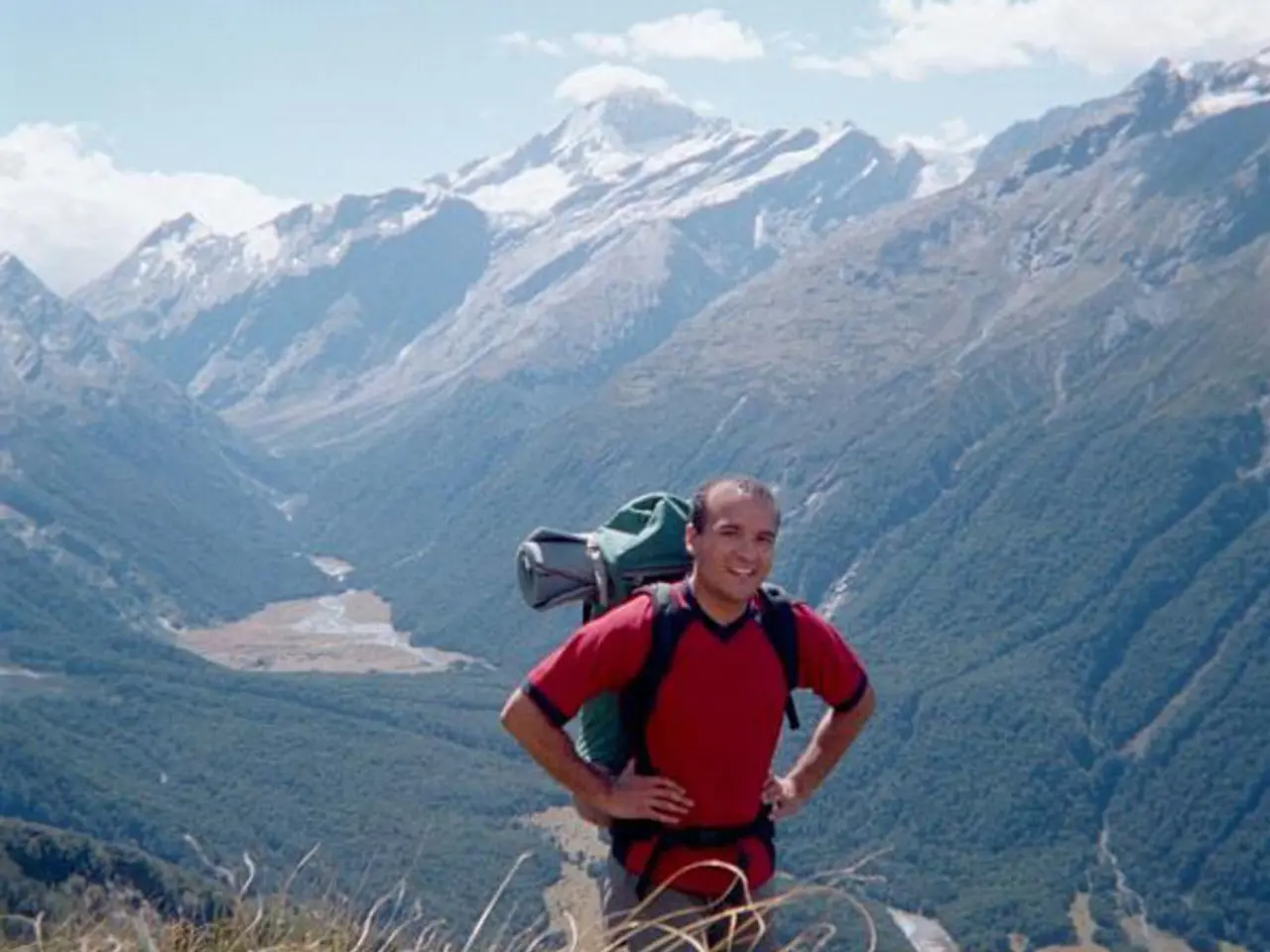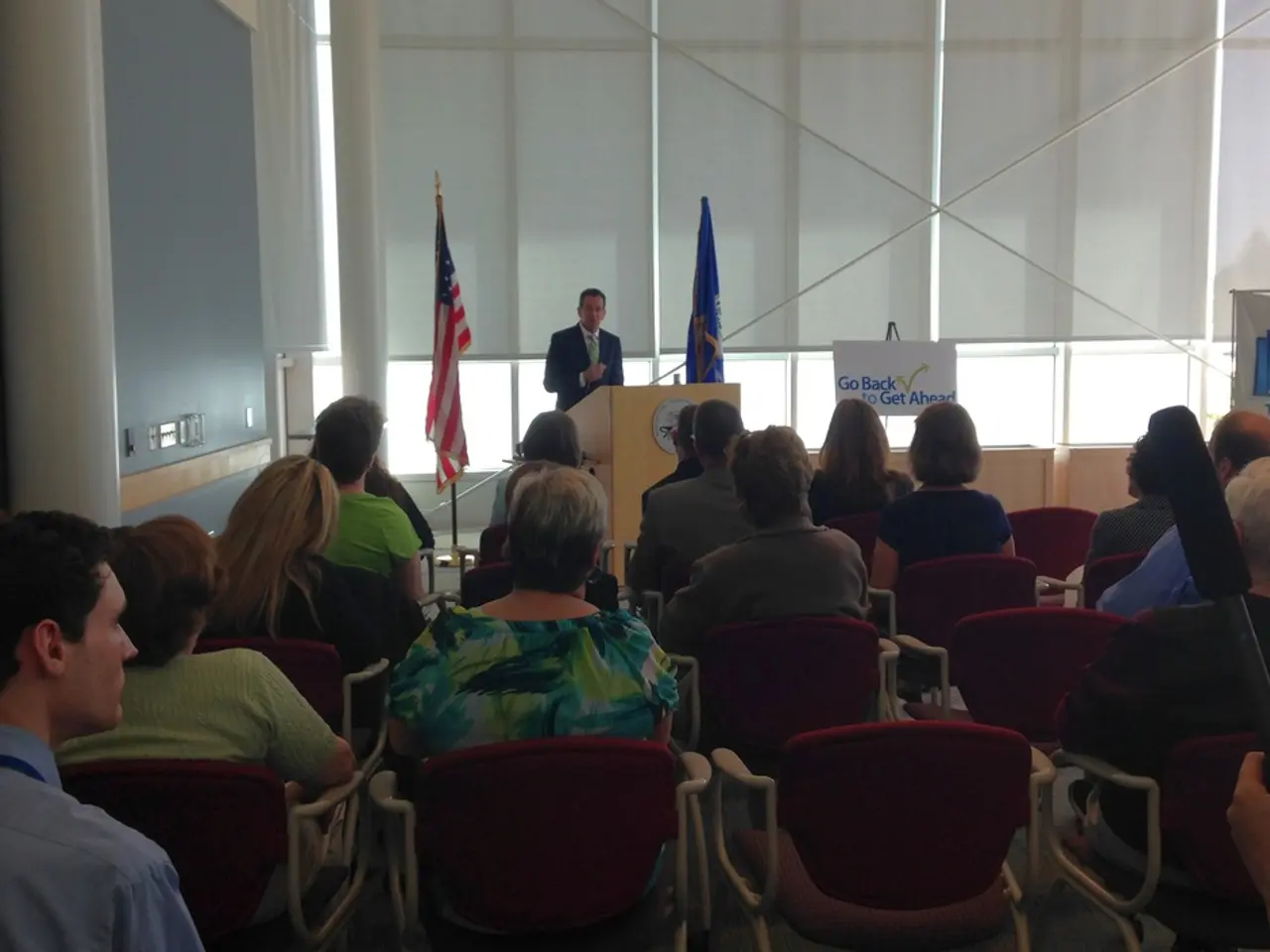Risk-taking hikers in Harz lightly chase an adrenaline rush - "Pursuing a thrill in Harz"
The picturesque Harz region, known for its varied, adventurous, and beautiful nature, has seen a rise in incidents requiring air rescue and the intervention of the local mountain rescue service. In the first half of this year alone, the service in Saxony-Anhalt was called out to 44 incidents.
Spokesman Matthes Kirmann of the Harz mountain rescue service has expressed concern about the increasing number of accidents. He emphasizes that while many hikers, climbers, and cyclists are well-equipped, many engage in spontaneous outings without proper preparation. This lack of planning can lead to potential danger, especially at night.
The mountain rescue service in the Harz regularly trains for winch rescues with the pilot and involved personnel to ensure they are ready to respond to any situation. The service, which consists of one mountain rescue service each in Thale and Wernigerode, a supporting one in Halberstadt, and a "Cave Rescue" group active nationwide, has seen incidents resulting from falls, accidents in rough terrain, and hikers putting themselves in danger.
Three of the incidents in the Harz required air rescue by winch from rough terrain, supported by a police helicopter. One such incident involved a supervisor and six children aged 12 and 13 who had to be led along a slope out of a gorge at night with ropes due to getting lost in an area far from civilization and without marked paths.
Another notable incident was a climber who survived a fall about ten meters at the Großer Feuerstein near Wernigerode in mid-April with serious injuries.
To reduce accidents, hikers should take precautions such as planning hikes for daylight hours, carrying reliable light sources, familiarizing themselves with the route, wearing appropriate footwear and clothing, hiking with a partner or group, informing someone about the planned route and expected return time, and being prepared for sudden weather changes.
While detailed statistics or specific incident reports about night hiking accidents in the Harz were not available, risks related to poor visibility and challenging terrain are common causes of nighttime hiking accidents in mountainous regions. The Harz Mountains, being a wooded and rugged area, present the usual hazards found in forested mountain hikes that are amplified at night.
In addition, a mountain biker without a helmet died from injuries after falling heavily at the mountain pass Gelber Brink in June, underscoring the importance of safety equipment.
The Harz mountain rescue service currently has a youth group for recruiting new members, consisting of 12 members. The service, which belongs to the German Red Cross and is the northernmost mountain rescue service in Germany, is made up of ten groups, with one mountain rescue service each in Saxony-Anhalt and Lower Saxony.
In summary, the combination of darkness, complex terrain, and limited preparation explains why many hiking and biking accidents occur at night in the Harz. Proper planning, lighting, and safety awareness can substantially reduce these risks.
- The increased number of incidents in the Harz, including falls, accidents in rough terrain, and hikers putting themselves in danger, has led spokesman Matthes Kirmann of the Harz mountain rescue service to emphasize the importance of proper preparation before engaging in outdoor activities, especially at night.
- Besides the need for proper planning and safety awareness, the use of safety equipment such as helmets, especially while mountain biking, can significantly minimize the risks associated with hiking and biking accidents at night in the Harz mountains.








